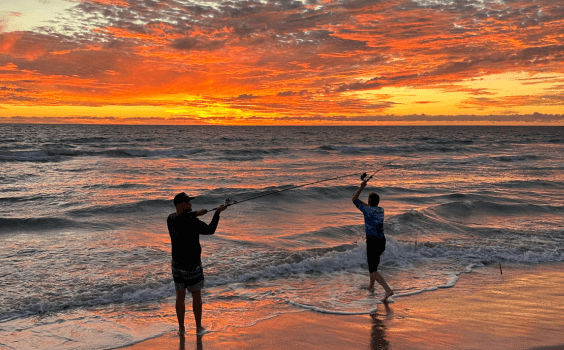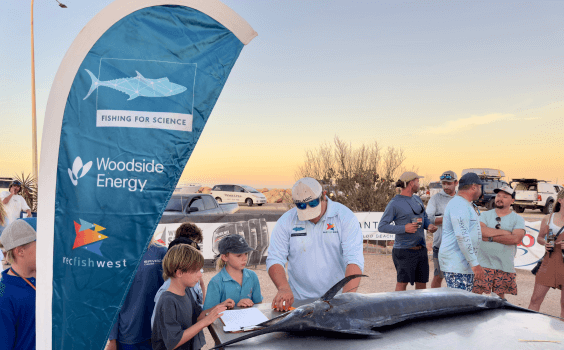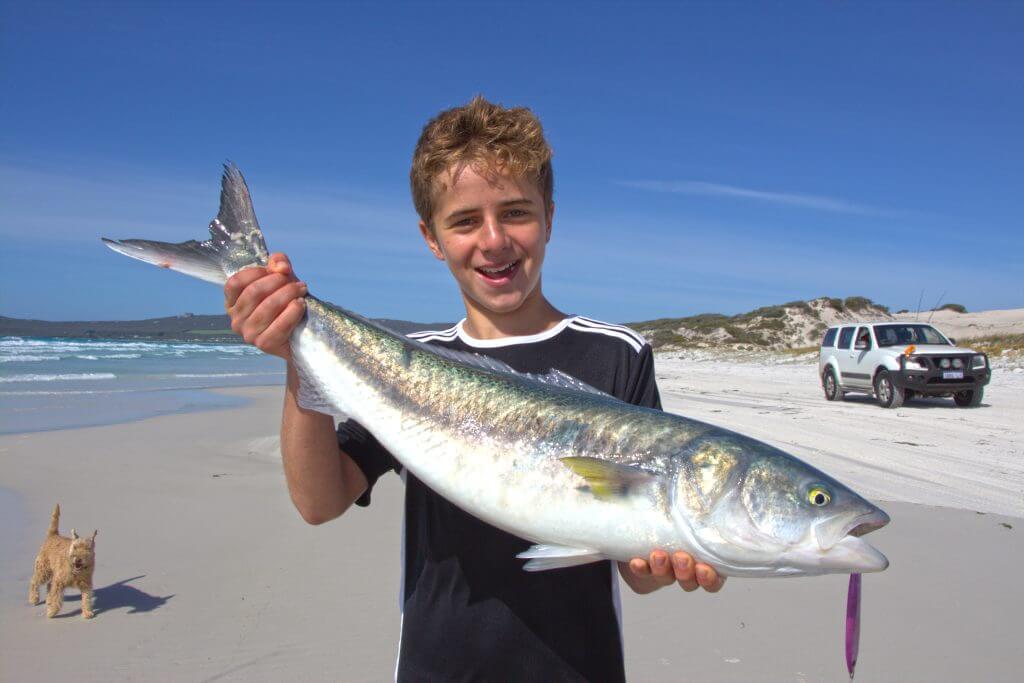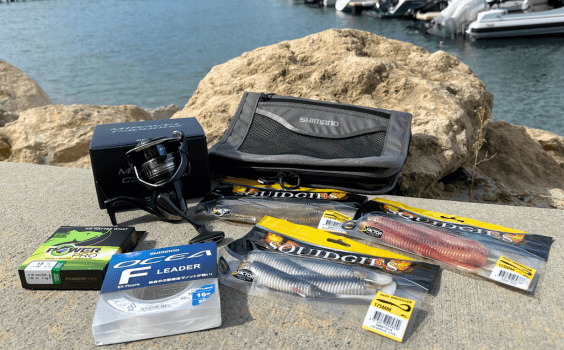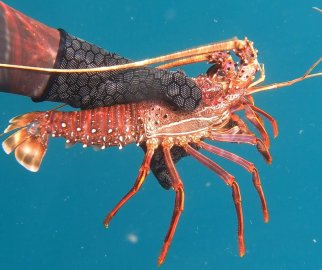
Not many things excite fishers like the annual rock lobster ‘whites run’.
It’s a time when metro cray fishing fires up to an outstanding level and dropping pots truly comes into its own!
Pulling in a heavy pot loaded with a feed of crays is the ultimate goal for many cray fishers and the whites run is your best opportunity to experience this.
The annual whites run is the main reason 80 per cent of all recreationally crays are caught using pots.
The whites run often occurs around late November and early December each year.
As the crays begin their annual migration to offshore waters, they provide unmatched fishing opportunities for potters.
The proximity to shore means people can head out early bag themselves some crays and be back in time for work.
The summer months are where more than half of the total recreational crays are caught!
In this article, we will provide you with a forecast ahead of the season from the puerulus settlement index the Department of Primary Industries and Regional Development (DPIRD) collects, provide answers to commonly asked questions and point you in the right direction to catching some of these super-tasty crustaceans in time for Christmas.
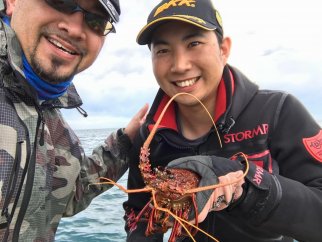
What is the 2019/20 season forecast looking like and what is the puerulus settlement index?
It appears a great season is ahead of us, the puerulus settlement for the 2015 and 2016 season is well above average.
Now what’s this puerulus settlement have to do with the cray season four years on?
Well, DPIRD developed a method to collect the puerulus which is a juvenile stage of a cray by using a specialised buoy that mimics natural algae habitat on which the juvenile crayfish like to settle.
DPIRD scientists work out the concentration for each new moon period of these settled puerulus and can then work out trends and patterns in recruitment.
This settlement information has a strong correlation with catches of crays in three to four years, once the crays have matured to a legal size.
You can read more about the puerulus settlement index here!
Why are they called ‘whites’ and where are they ‘running’ to?
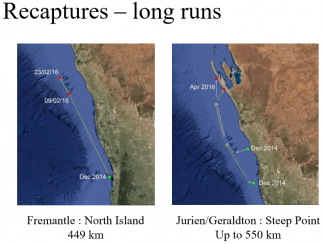
Good questions! A ‘white’ cray is a colloquial term applied to crays that are freshly moulted with their new soft, pale shell showing.
This is in comparison to pre-moulted crays which have a hard, dark red shell.
Juvenile crays settle along seagrass beds and rocky habitat close to shore.
Once they reach sexual maturity at about three to four years, they migrate en masse from this inshore habitat to the deeper offshore reef platforms in a north-westerly direction.
DPIRD research shows that crays can walk up to 5km a day with crays tagged at Rottnest showing up recaptured later at the Abrolhos!
That would definitely have the researchers double-checking the tag numbers!
Check out the fascinating migration maps provided by DPIRD Offshore Crustacean Principal Research Scientist Simon de Lestang showing huge distances the tagged cray cover.
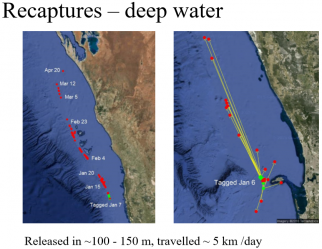
OK, so it’s forecast to be a great season but the six million dollar question: when will the run actually happen?
Whilst there are multiple factors that influence exactly when the migration begins, it is generally understood that the migration will start towards the end of November and will reach full swing by the beginning of December.
The run is believed to be triggered by warming water temperatures and good catches usually continue until about Christmas time. Cooler water temps tend to delay the start of the migration.
Though this year, unlike the last, the warm water seems to have come early and crays were moulting as early as the first week of November.
How do I go about catching them?
The whites run is when potters do best.
Divers tend to be more consistent than those dropping pots across the year, but the period from late November to Christmas is when dropping pots come into its own. As crays are on the move from under their usual nearshore reef ledges, they will seek food and shelter along their migration path.
A well-set cray pot provides both of these needs. Keep dropping pots further out to sea as the migration continues, and check your pots every day during this period.
Crays can travel many kilometres a day so don’t be afraid to spread your pots out to get an idea of where good numbers of crays are each day.
Even though potters do best during the whites run there are also still plenty of divers in the water at this time so common sense needs to be used, keep a lookout for dive flags and don’t throw your old bait in the water if divers are nearby. There are plenty of crays for everyone to enjoy during the whites run.
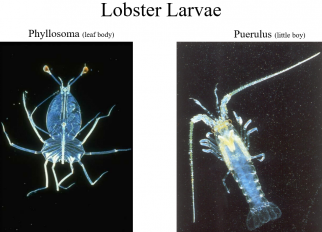
What is a well-set pot?
Cray pots that are well-weighted are much harder to pull up but sit steadily on the seafloor while the swell and surge rolls back and forth. Heavy pots are also much more likely to stay put during a storm so they don’t end up tangled in the reef where they can become stuck and even detached from their ropes when the ropes rub against the reef overnight and fray.
Crays are much more likely to enter if the pot is still, any movement will mean no crays in the morning.
Pots should be set on the sand on the western side of natural habitats such as reef or weed, this way, as they migrate to the north-west, they will walk off the reef, onto the sand and find your pot sitting there ready for them.
Make sure the baits are fresh, so don’t let your bait get rotten in the basket, change it every few days at the very least.
Use something oily to get the best results, blue mackerel and orange roughy heads or the new burley bricks that are a great plastic-free alternative that are packed in cardboard ready to go in your bait basket.
You can check them out here.
A few more tips include clipping the tail of your crays as soon as possible, marking your floats clearly with your gear ID and it’s also worth marking your pots too.
You should also soak your pots before you deploy them as they’re known to bubble for at least 24 hours as the dry wood soaks up the saltwater, something that crays hate and you are unlikely to catch while they’re bubbling.
Catch these and even more tips here!
Thanks to Simon de Lestang from DPIRD for presenting this great information at the cray fishing night that was held at the Cockburn Power Boats Club.
There was a great turn-out from club members and non-members, with a huge amount of information shared over the course of the night.
Keep an eye out for club nights like these, they’re a great opportunity to meet like-minded fishers and advance your fishing knowledge. We expect this whites run, and the next, to be excellent and wish all fishers the best of luck chasing a feed of delicious WA crays for Christmas.
Click here to view DPIRD’s guide to rock lobster fishing!

